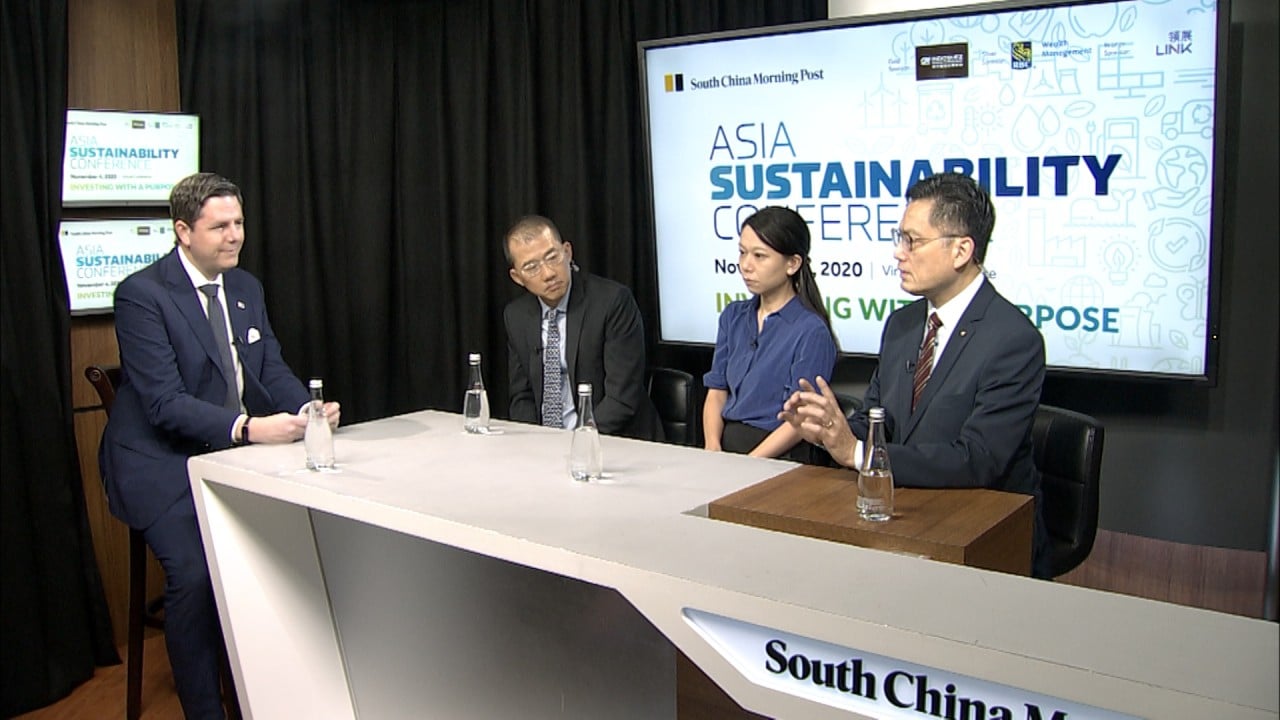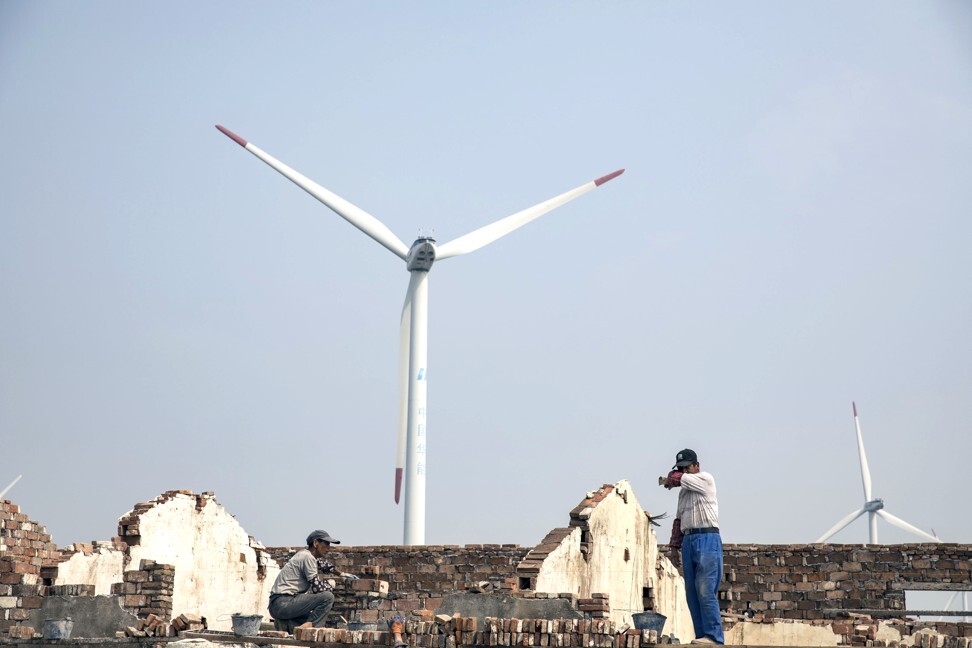
Green financing to help drive China’s 2060 push for carbon neutrality
- Sustainable financing is becoming ‘more mainstream’ and ‘more common’ in investment portfolios
- China was the second-largest issuer of green bonds globally in 2019, at US$55.8 billion
“This is effectively a movement that has gathered steam. If you look at the diversity of investors, it has gotten higher. I think the demand and the supply of green bonds and sustainability financing has become fairly mainstream,” Kok Siong Ng, chief financial officer at Link Asset Management, said. “I think this is going to get more mainstream and more common. I think this is something you can’t ignore.”

39:35
Sustainability: Green bonds to help drive China's push towards carbon neutrality
Green finance will be an important tool for policymakers on the mainland as they try to achieve a goal of carbon neutrality by 2060, according to Fitch Ratings.

China was the second-largest issuer of green bonds that met international standards after the United States last year, issuing US$55.8 billion of “labelled green bonds”, according to the non-profit Climate Bonds Initiative (CBI). Including bonds that only meet Chinese standards, China would have surpassed the US in issuance.
About US$257.5 billion in labelled green and climate bonds were issued last year, according to CBI. That amount is expected to reach US$350 billion this year, a fraction of the US$100 trillion bond market globally.

Ellen Lam, senior adviser for environmental finance at WWF-Hong Kong, said China had made a “bit of progress” in moving closer to international standards for green bonds. The latest consultation of the green bond project catalogue proposes to eliminate fossil fuels – one of the deviations from international standards.
“Green bonds, over the past 10 years, have been a proof-of-concept in how the financial system can really channel funds from different parties,” Lam said. “That is the first step for green bonds. There’s a long journey ahead.”
Issac Yeung, general manager of the Hong Kong and China Gas Company, better known as Towngas, said issuing green bonds on the mainland was much easier than in Hong Kong because of the “landscape”. “You have lots of investment opportunities in mainland China,” Yeung said. In Hong Kong, there are fewer projects that can be targeted for green bond financing, he added.
Separately on Wednesday, Arjan de Boer, head of markets, investments and structuring for Asia at Indosuez Wealth Management, said only about 27 per cent of the firm’s large clients had active sustainable investments despite increasing client interest.
“The ultra [high net worth] clients are closer to 40 per cent,” de Boer said. “[The percentages] are higher in Europe, than they are in Asia.”
The level of demand among clients was increasing, particularly as a result of the coronavirus pandemic, as investors focused on more environmental, social and governance (ESG) strategies, he said. “There’s more interest among the second generation of wealthy families in Asia, as well,” he added.

Katy Yung, managing partner at the Sustainable Finance Initiative, said the coronavirus pandemic had affected how investors were allocating capital. “There has been a little more preference for liquid strategies within ESG, and impact [investing as well],” Yung said. “Some of our families have been looking into ESG [exchange-traded funds] and diversifiers, like micro finance debt funds, and new and up and coming ESG hedge funds.”
Interest remains in alternative and private-equity impact, but investors are concerned about lock-ups or identifying the right strategy to deploy, she added.
Mary Leung, head of advocacy for Asia-Pacific at the CFA Institute, said companies who were better at managing their ESG risk, or had portfolios that had an ESG tilt, actually outperformed traditional portfolios this year as the pandemic weighed on financial markets.
“As a result, we have seen massive fund flows into ESG funds,” Leung said. “I think ESG has [had] a pretty good crisis. [Nevertheless,] the concern about ESG and the loss of performance still lingers.”

